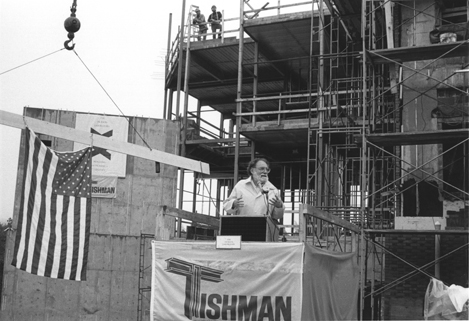
Faculty Research 1990 - 1999
VH gene family repertoires of "viable motheaten: (mev) mice.
Document Type
Article
Publication Date
1990
Keywords
Autoantibodies, Autoimmune-Diseases, B-Lymphocytes, Gene-Expression-Regulation, Genes-Reiterated, Homozygote, Immunoglobulins-Heavy-Chain, Lipopolysaccharides, Mice, Mice-Inbred-BALB-C, Mice-Mutant-Strains, Nucleic-Acid-Hybridization, Spleen, Support-Non-U, S, -Gov't, Support-U, S, -Gov't-P, H, S
First Page
1033
Last Page
1037
JAX Source
Eur J Immunol 1990 May; 20(5):1033-7.
Grant
AI20232, AI25765, CA35845
Abstract
Mutant viable motheaten (mev) mice provide an useful experimental model to study the origin and molecular properties of autoantibodies. In the present investigation we have compared by in situ hybridization VH gene family usage in lipopolysaccharide-activated B cells (available repertoire) and spontaneously immunoglobulin-secreting (actual repertoire) B cells in the spleen of 6-8-week-old BALB/c and mutant BALB/c-mev mice. We have found that while sharing identical available splenic repertoires and expressing a diversified set of VH families, mev mice differ from control BALB/c animals in VH family representation in the actual plasma cell repertoires where they showed a decreased utilization of VH7183 genes and an increased representation of the VHJ606 family when compared to control BALB/c animals. These results indicate that selection of actual repertoires may indeed differ between autoimmune and control mice, but do not establish whether such changes are the primary cause of the disease or whether they are secondary to the initiating of the autoimmune process.
Recommended Citation
Freitas AA,
Sidman CL.
VH gene family repertoires of "viable motheaten: (mev) mice. Eur J Immunol 1990 May; 20(5):1033-7.

